It was a new artistic expression spawned from a new era. Most importantly it transformed art by redirecting the sense of art to the art its self.
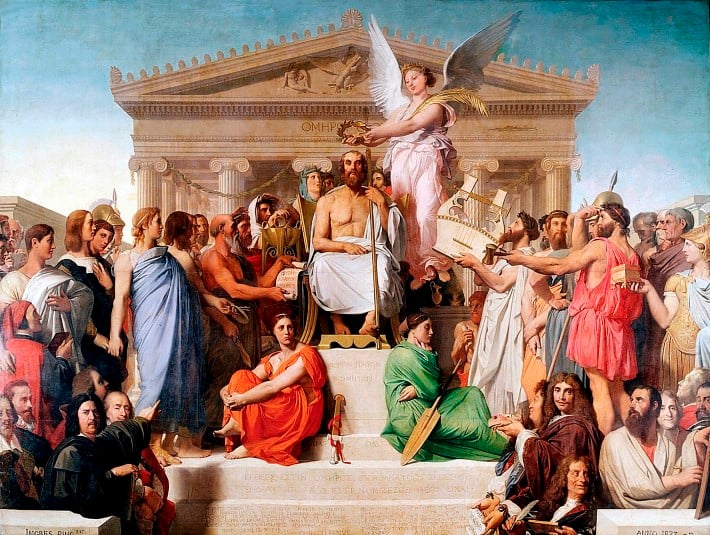
Blog 19th Century European Painting Key Styles Movements Mayfair Gallery
The history of art and design does not occur in a vacuum.
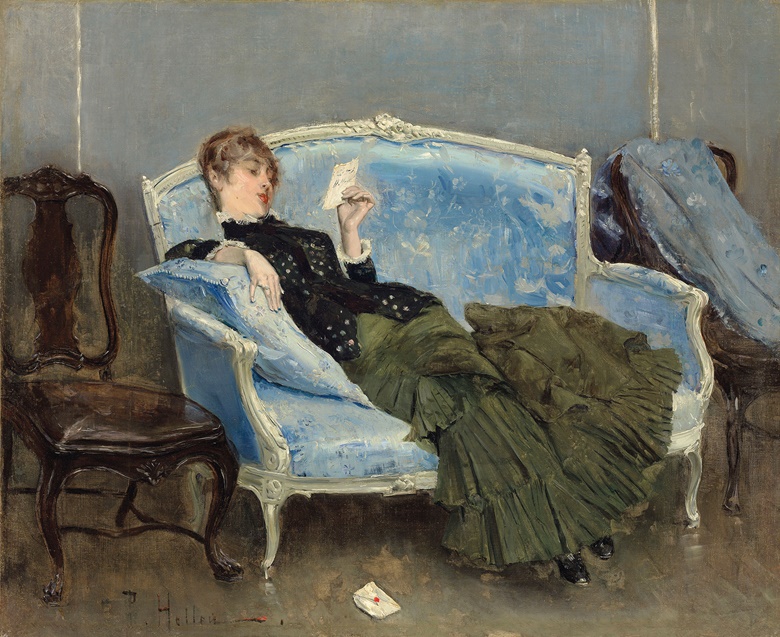
. In the United States the nineteenth century was a time of tremendous growth and change. The new nation experienced a shift from a farming economy to an industrial one major westward expansion displacement of native peoples rapid advances in technology and transportation and a civil war. The Development of Psychoanalysis.
Advances in science particularly during the 19th century changed the way people viewed the world. There was a greater focus on art portraying royalty. Critics felt the artist was attempting to rekindle socialist ideals.
Art criticism in the 19th century The growth of power and influence. While Europe was still recovering from the war in the mid-to-late 1960s the American art world and New York in particular had the advantage of émigré new blood from Europe and usurped the prewar. The postwar contemporary art world as I see it developed out of the long history of Modernism from the 19th century arguably beginning with Gustave Courbet.
Many academic artists had argued over formal issues styles and subject matter but this was much like a good natured agreement within a club. Art began to change stylistically shortly after the High Renaissance when clashes between the Christian faith and humanism gave way to Mannerism. Impressionist painters of the 19th Century.
This is not to say that these mid-nineteenth century artists were the first to challenge an older generation or set of ideas. There was a new belief that art should record the life of everyday people. This is because of the political and historic events of the era.
Rather than working for the church or state whose commissions demanded ideological and often stylistic conformity artists had become freelance and seemingly free-spirited producers for a. Artists and designers are only responding to the events of their time. The photographic image replaced the function of the painting forcing the painter to do more than just record the person or event as he saw it.
Industrialization on the other hand changed the landscape of Europe dramatically in the early nineteenth century. How did art change in the mid 19th century. A useful source to set the stage about the French Royal Academy is Christopher Allens French Painting in the Golden Age Thames and Hudson 2003.
These contrasting colours make one another more vivid when used together. One of the most accessible surveys highlighting the Rococo is Robert Neumans Baroque and Rococo Art and Architecture Pearson 2013. There was a shift toward black and white paintings.
The Impressionists also made use of new developments in colour theory that were published by Michel Eugene Chevreul in the mid-19 th Century on the perfect harmony of contrasting colours. Modernism represents an important period of art history. Everyone in the group agreed to disagree.
People began looking at new possibilities for more innovative creations and activities. Eugene Chevreul a French chemist hired as director of dyes at a French tapestry works began to investigate. Why was the painting above not well received.
Artists used linear perspective and created depth through intense lighting and shading. The new working class produced by the revolution was doomed to poverty misery and desperation. A key precursor in the change of painting was the invention of the camera.
Donald Posners article The Swinging Women of Watteau and Fragonard The Art. Colonialism and the Influence of Non-European Cultures. In 1859 Charles Darwin published On the Origin of the Species by Means of Natural Selection.
It did not have to be as realistic. There was a new belief that art should record the life of everyday people. The stylistic revolution known as Impressionism by painters eager to more accurately capture the changing colors of light and shadow is inseparable from discoveries and inventions in the mid-19th century in which the style was born.
It developed during the late 19 th century 1870 Europe. These are some of the issues that motivated changes in subject matter since the mid-19th century. How did art change in the mid 19th century.
Art criticism grew exponentially in the 19th century when artists began to make works with an uncertain future. How did art change in the mid 19th century. The Development of Photography.
In mid-nineteenth-century Britain upper-class women frequently created collages out of small commercial portrait photographs of family and friends cutting out heads and figures and pasting them onto paper that they then embellished with drawings and watercolor. This was achieved in large part with his painting from 1849-1850 Burial at Ornans which scandalized the French art world by portraying the funeral of a common man from a peasant village. Who painted the image above.
In these lessons works of art from the nineteenth century are paired with written. The Realism movement arose in response to these societal changes. The first modern artist to essentially stand on his own in this regard was Gustave Courbet who in the mid-19 th century sought to develop his own distinct style.

Art And Labor In The Nineteenth Century Art History Teaching Resources
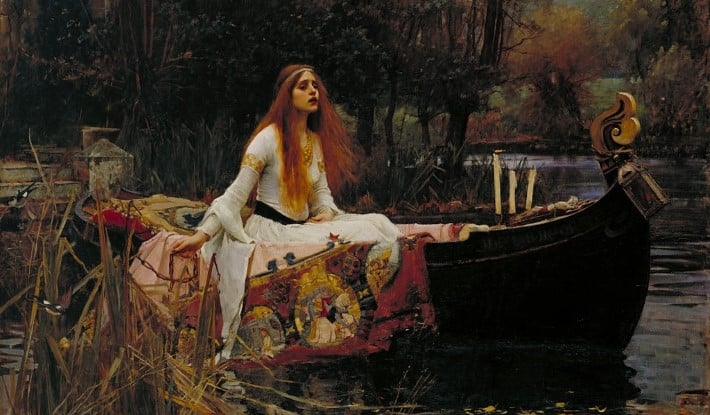
Blog 19th Century European Painting Key Styles Movements Mayfair Gallery

Art And Labor In The Nineteenth Century Art History Teaching Resources

The Rise Of The New Woman In 19th Century Art Christie S
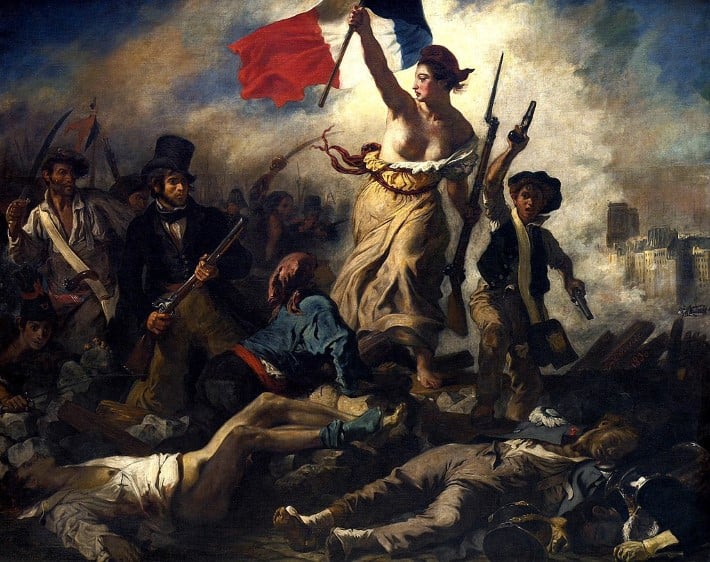
Blog 19th Century European Painting Key Styles Movements Mayfair Gallery
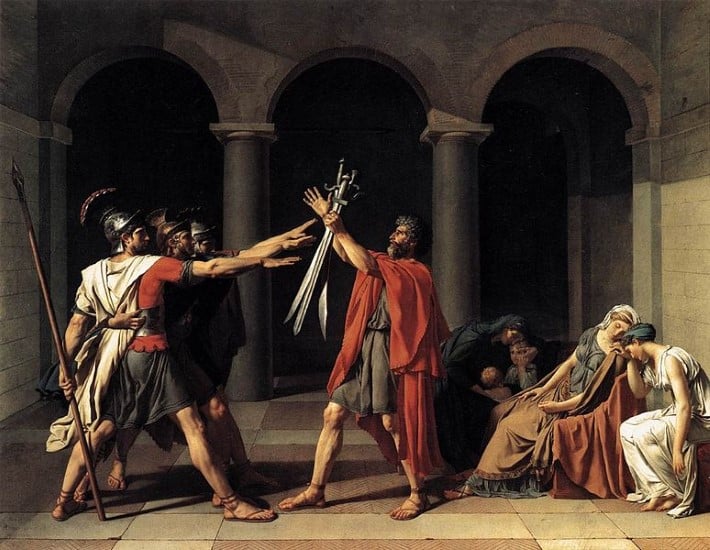
Blog 19th Century European Painting Key Styles Movements Mayfair Gallery
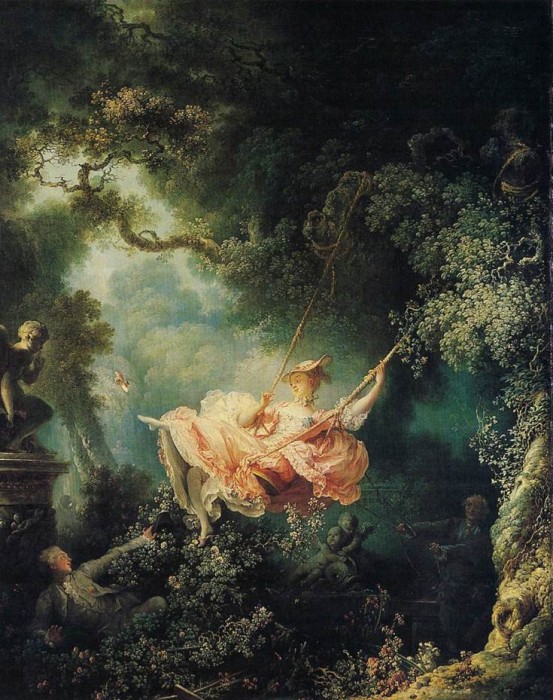
Eighteenth And Early Nineteenth Century Art In Europe And North America Art History Teaching Resources
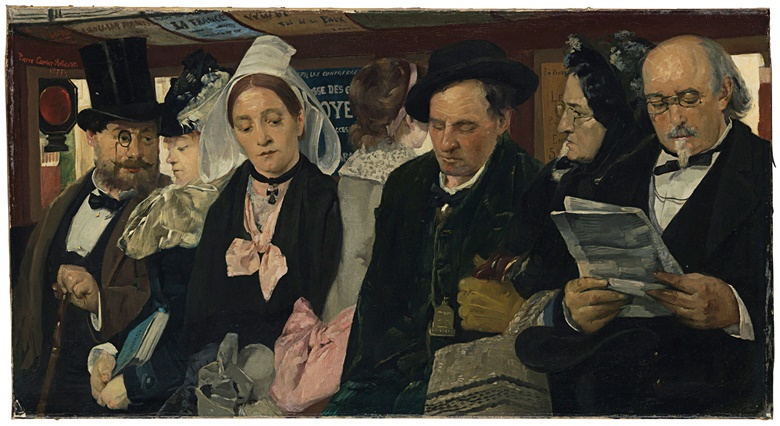
0 comments
Post a Comment